How Telstra’s big coverage claim unravelled and sparked a mobile war
The nation’s biggest telco has for more than a decade based its coverage on external antennas – not from normal mobile phone use, effectively ‘tricking’ Australians. Here’s how it ignited a national furore.
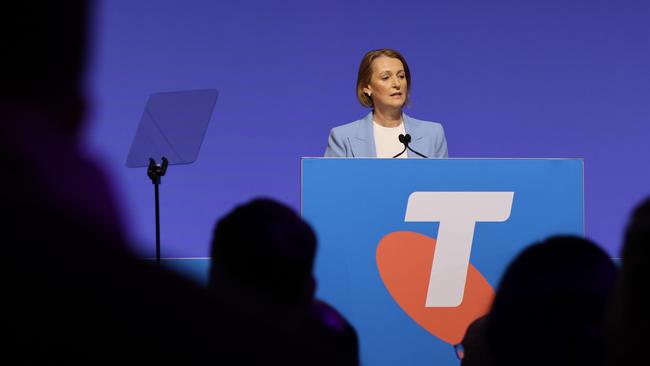
Telstra chief executive Vicki Brady stepped up to the mic to begin the telco’s half-year earnings call on a clear Sydney morning in late February. The production was slick, with cameras, professional lighting and a teleprompter, with Ms Brady’s opening statements broadcast to investors across the country.
“We have expanded our coverage to more than 3 million square kilometres, now reaching 99.7 per cent of Australia’s population,” Ms Brady said.
“To put that in perspective, our mobile network covers more than double the area of (the) Optus network and around three times the area of the Vodafone TPG network.”
Over at Barangaroo inside Vodafone owner TPG Telecom’s headquarters a proverbial pin dropped. Less than a month earlier it had launched a $1.6bn deal to share mobile towers with Optus, doubling the size of its coverage to more than one million square kilometres.
Now Telstra’s boss was saying it was three times bigger – a claim that baffled those inside TPG. They knew Telstra was big, but there was no way they were that big. Engineers quickly went to work analysing coverage maps that Telstra had supplied to the competition regulator 12 months earlier, and quickly found that the three million claim was based on using external antennas – not what you’d expect to receive on a regular mobile phone.
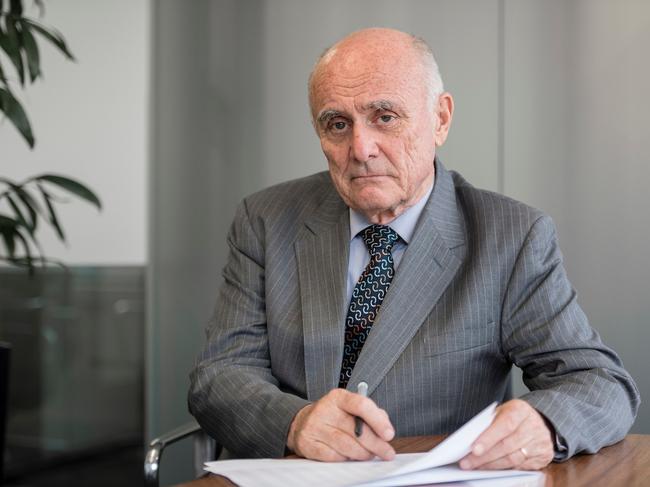
External antennas cost thousands of dollars and are used to boost the signal of less than 1 per cent of the mobile phones in Australia. To put it another way, Telstra made a claim based on coverage that more than 99 per cent of its customers would never use, and had repeated these claims across its advertising, annual reports and talks with investors for more than a decade.
In TPG’s view (it’s known for its irreverent marketing) it was akin to Lionel Hutz, the hapless lawyer from The Simpsons, saying “this is the most blatant case of fraudulent advertising since my suit against the film, The NeverEnding Story”.
Telstra denied the allegations, and on Friday stood by its three million coverage claim, with the caveat that it could not test every part of its network.
TPG and Optus measure their coverage on standard mobile phone use. If Telstra did the same, its mobile coverage would be one million square kilometres less than that it claimed, according to TPG’s analysis of Telstra’s maps that it supplied to the ACCC.
Breach risk
The regulator’s former chair Allan Fels said: “On the face of it, it looks as if Telstra is at risk of breaching the misleading and deceptive conduct provisions of the Australian Competition and Consumer Act.”
“If the allegations are true, I’m surprised that Telstra, with its not infrequent court summons over the years regarding misleading conduct, hasn’t prevented this.”
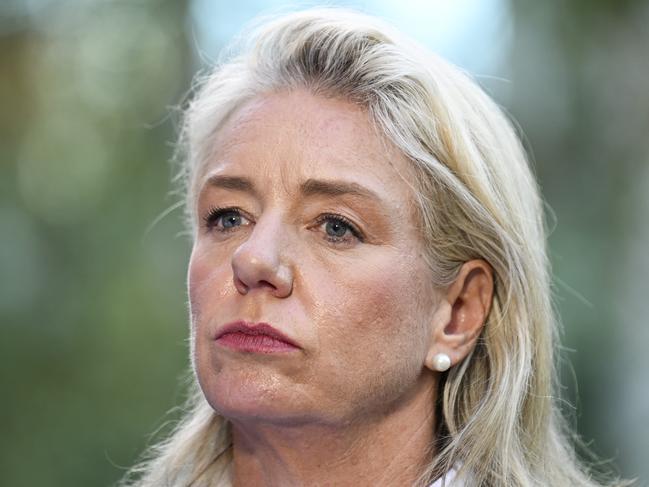
Companies face fines of up to $50m per breach. The ACCC is examining the allegations, and Telstra has already been fined $75m for various cases of deceptive, misleading and unconscionable conduct in the past seven years.
Nationals Senate leader Bridget McKenzie said Australia’s biggest telco appeared to be “slow learners” and said the allegations underscored the need for a Universal Service Obligation “to ensure that 21st century mobile coverage is guaranteed for Australians”.
Although Telstra has denied the allegations Senator McKenzie said it was being “too cute by half”.
“You don’t have to drive very far out of capital cities to know those (coverage) maps are not worth the paper they are drawn on,” she told this masthead.
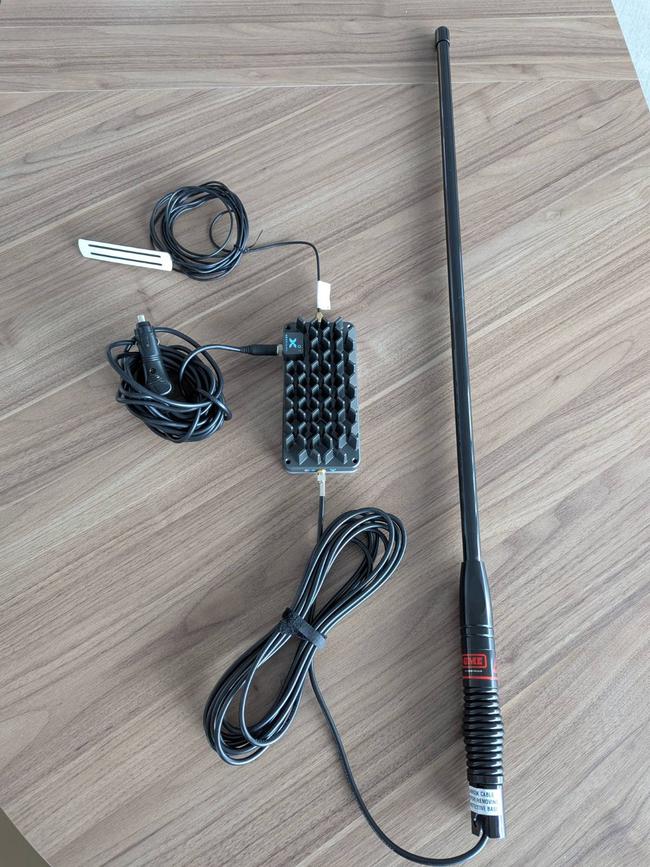
Peter Thompson, who lives in Roma – about 480km northwest of Brisbane – and chairs the telecommunications committee of the National Farmers Federation, has spent about $20,000 on antennas and other equipment, and still struggles to get a signal.
“What everyone is finding is that they are definitely getting more signal – so definitely the coverage is greater – but the usability has gone to absolute shit,” Mr Thompson said.
Within two days of unearthing the alleged discrepancy, TPG wrote to Telstra, asking for an explanation. But it did not receive a response. It wasn’t until TPG sent a “long” legal letter that Telstra picked up the phone.
The telcos went back and forth over several weeks. Telstra finally agreed to change its website and marketing, saying that its three million square kilometres of coverage was based on an external antenna.
But TPG group executive of legal and external affairs Trent Czinner said that was not good enough.
“The law is really clear in that you can’t advertise a service that very few people that you’re advertising to will ever receive,” he said.
“And we say that the misleading conduct is continuing right now, even though they’ve added the words with an external antenna, because almost no one would understand what that means, that it costs $1000, that it can only be used in a car or building and it doesn’t work when you’re walking around the town. It’s really simple – mobile coverage is what you get when you’re using a mobile phone.”
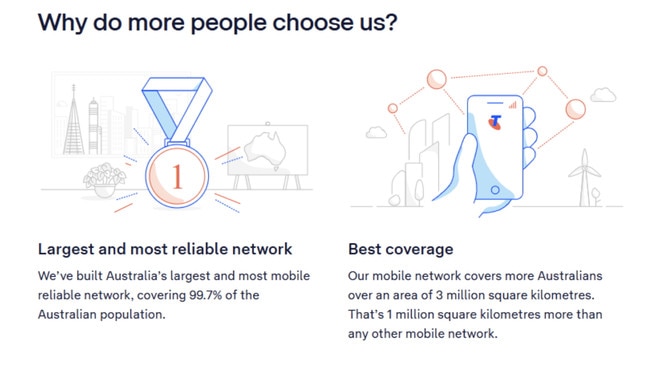
Mr Czinner said all TPG was requesting was a “level playing field”, so Australians could make better informed decisions about which telco suits their needs.
“The market has been distorted for 15 years, and as a major player in that market, we’re not swinging a punch, we’re just saying a market can’t operate effectively if one player is breaking the rules so much that it’s impacting the ability of the others to compete,” he said.
“Whether it’s Vodafone or Optus, anyone who’s trying to compete with Telstra, we need to have a level playing field, and that is why you call these claims out.”
After this masthead revealed the allegations this week, Telstra’s wholesale customers – which include Aldi, Woolworths and Commonwealth Bank-backed More Telecom and Tangerine – immediately sought clarification from the telco to ensure they weren’t “tricking” their own customers.
On Thursday, Aldi removed all references to Telstra’s coverage claims from its website. Telstra’s budget offshoot Belong had done the same a day earlier.
Australian Shareholders Association chief executive Rachel Waterhouse called for Telstra’s coverage claims to be independently verified.
Wagga Wagga-based telecoms equipment supplier Zetify said it’s estimated about 300,000 Australians rely on signal repeater devices or boosters. This equates to 1 per cent of the 30.3 million smartphones in Australia, according to research firm Imarc.
Competition
Zetifi CEO Dan Winson warned late last year that many of these antennas would become obsolete following the 3G shutdown.
“Most people don’t give these devices much thought once they’ve been installed but it’s vital that people realise that the 3G shutdown has some consequences for their booster set up,” Mr Winson said.
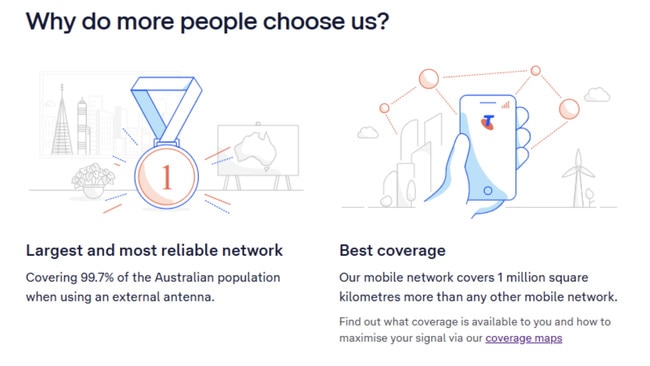
Telstra network boss Channa Seneviratne has defended Telstra’s coverage statements, saying it was “possible” to make calls within the three million square kilometre footprint.
“While we’re confident it’s possible to make voice calls without an antenna across this area, the signal availability and quality can be subject to a range of factors and that is why we recommend an antenna is used to maximise the signal,” Mr Seneviratne said.
“Now that Vodafone has communicated how it’s chosen to calculate its coverage footprint for the first time, to help the public understand the difference we’ve highlighted that our three million square kilometres of coverage is based on using an external antenna.”
Late on Friday, Telstra changed its coverage claim again, saying a regular mobile phone could access the entire network and that it was being “conservative” previously about the need for an antenna.
A spokesman said it had performed “rigorous testing” but it could not test every part of its network.
“When Vodafone raised concerns about our coverage claims, we took the time to complete a deep assessment of our coverage measurement data. We thought it was best in the meantime to take a conservative approach and refer to an external antenna recommendation in our coverage claims,” the spokesman said.
“No mobile network operator can test every square metre of Australia’s landmass in person and there are a range of factors that impact on mobile coverage like the specific handset you use, how you use it (e.g. in a car, outdoors, indoors or even how you hold it), surrounding terrain and the generation of mobile network you’re connecting to (e.g. 4G or 5G).
“But we remain confident that our three million square kilometres of coverage to 99.7 per cent of the Australian population coverage claims are correct, and does not rely on external antenna use.”
TPG also argues that Telstra has used government funding to entrench its dominance in regional markets.
About 80 per cent of all sites in the Federal Mobile Blackspots Program have been awarded to Telstra. And 96 per cent of all mobile category funding under the Regional Connectivity Program to date has been awarded to Telstra.
But Optus chief executive Stephen Rue said Telstra was no longer the only game in town. Optus plans to spend about $1.4bn on upgrading its network this year, with regional areas a key focus.
Optus’s network covers 98.5 per cent of Australia’s population, which is based on people using a regular mobile phone – not external antennas.
“A lot of our capex (capital expenditure) will be continuing to build out in regional areas,” Mr Rue said. “We will have 1500 regional sites by 2028 in 5G and 2444 by 2030. So there is choice in regional Australia.”


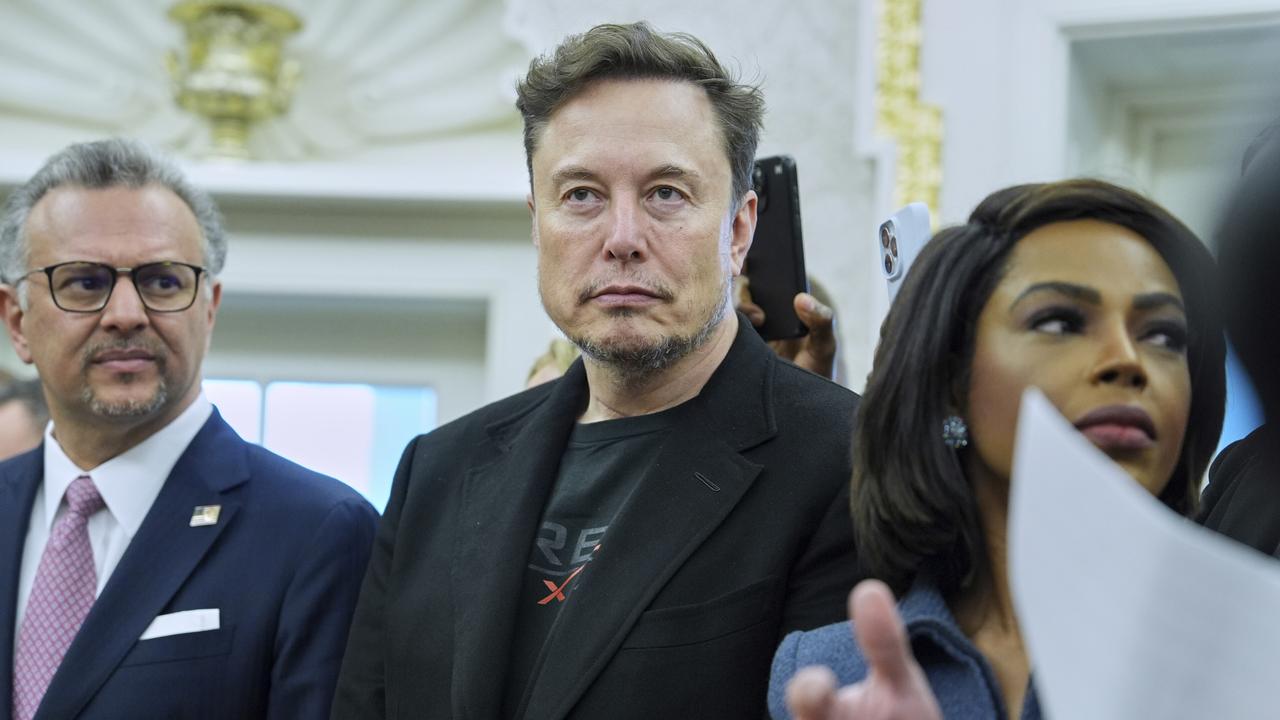

To join the conversation, please log in. Don't have an account? Register
Join the conversation, you are commenting as Logout